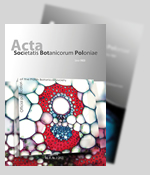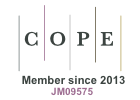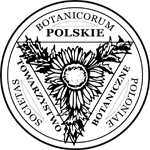Abstract
Aconitum sect. Napellus in the Eastern Carpathians was explored with the use of methods of numerical taxonomy*. The taxon consists of A. bucovinense Zapał. pro hybr., A.firmum Rchb. subsp. firmum, A. firmum subsp. fissurae Nyarady, A. fimum nsubsp.fussianum Starmuhl (A.firmum subsp. firmum x subsp. f'issurae), A. x nanum (Baumg.) Simonk. (A. bucovinense x A. firmum) and a hybrid A. firmum x A. x nanum. The taxi form phenetic continuum in a character hyperspace and their delimitation bases on a few traits, hitherto neglected, e.g. type of hairiness and flower morphology. A key is provided to identify taxa at all ranks within the supplemented of sect. Napellus. There is a regional pattern of particular OTUs distribution, which show local morphological uniqueness within a taxon. The phenomenon was inquired using the concept of "centers of phenetic coherence" (CPC) based on overall morphological similarity. The CPC may be interpreteted as regions of neoendemism and/or may reflect a post-glacial migratory route. High-mountain flora of the Western Bieszczady Mts. (sect. Napelus as its example) has features of neoendemism (schizoendemism), being most probably a result of geographical vicarism.
Keywords
Aconitum center of phenetic coherence; endemism; geographical distribution; nothotaxon; migratory rout; numerical taxonomy







